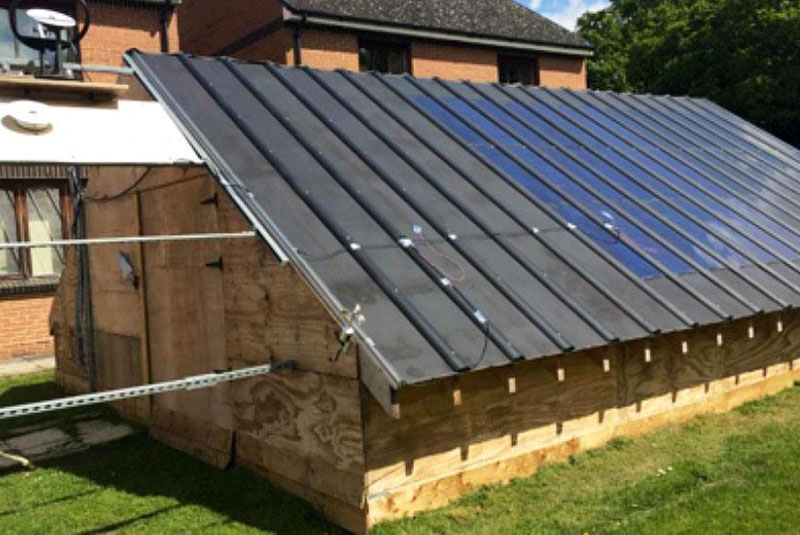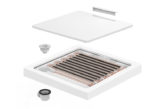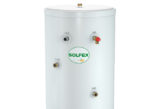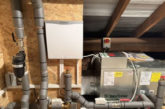
Ready-made snap-together solar panels that turn waste heat into hot water are being developed at Brunel University London.
The solar panels are being developed as part of a £10 million sustainable energy scheme which will start next month. With energy use in buildings predicted to double or even triple by 2050, and most home energy used to heat water, project PVadapt will aim to tackle several sustainable energy problems at once.
Funded by Horizon 2020, the three and a half-year multi-disciplinary project aims to perfect a flexible solar powered renewable energy system, that generates both heat from hot water and electricity.
The hybrid solar panels combine photovoltaic (PV) cells with flat heat pipes, which transfer unwanted heat away from surfaces. PVadapt will use these heat pipes to cool the PV cells to make them more efficient and longer-lasting.
Technical Co-ordinator, Professor Hussam Jouhara, who invented the multifunctional Flat Heat Pipe, said: “With our system, there is no waste heat. The approach focuses on low-cost, high-efficiency and modular prefabricated ‘Lego’-type construction elements for near-zero-energy buildings.”
PVadapt is a team effort involving 18 organisations from 11 different countries. It will see click-in-place hybrid solar roofing panels installed into eight buildings such as homes, offices and shops in Spain, Greece, Austria and Portugal.
Professor Jouhara and the Brunel team will combine all the different technologies into a prefabricated building integrated photovoltaic (BIPV) energy and thermal storage system of the future.
The panels have the potential to be used in social housing, public buildings and offices and even in developing countries and off-grid. The prefab parts, which only require being snapped together on site, will allow buildings using PVadapt technology, to save time as they can go up at a quicker rate.
A common problem said to occur with other sunlight solar PV panels, is that the more they suck up and the hotter they get, the less efficient they are at converting energy. That means the sunnier it is, the more energy they produce, but results in less being converted into electricity. Heat pipes reportedly use this to an advantage and use that generated heat to produce the building’s hot water.
Hussam concluded: “It needs an engineered approach. Our solar panels are PV coated for the most southerly-facing aspect of the roof and are designed to clip together as a weather-tight roof as simply as clicking together Lego or laminate flooring.”












